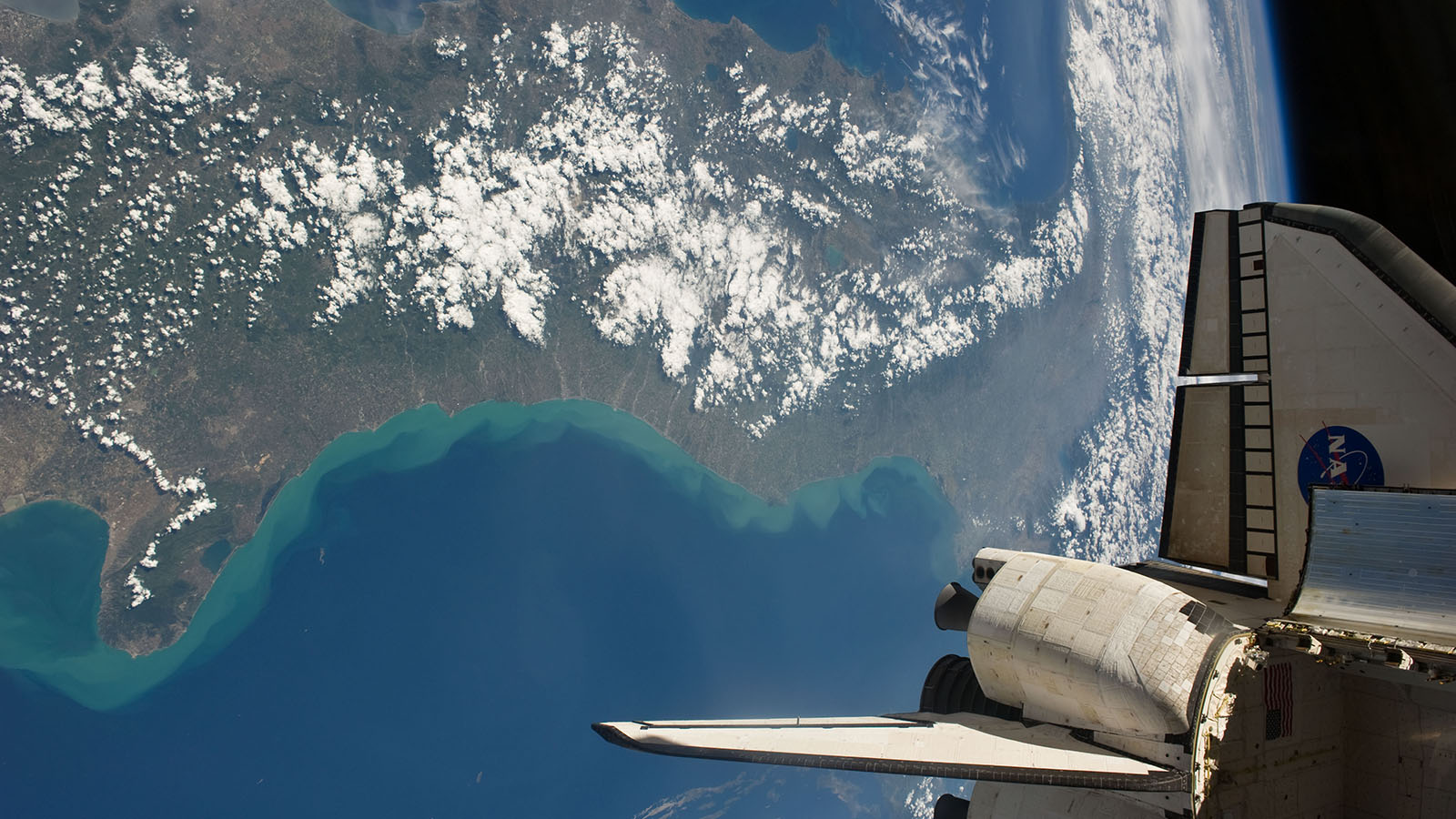Stay Up to Date
Submit your email address to receive the latest industry and Aerospace America news.
Q: A single-stage-to-orbit vehicle with a perfect thermal protection system takes off eastward from the United States, parallel to the ground. The astronaut pilot soon announces that, “Thanks to a little help from the Earth’s rotation, our SSTO has reached space at a speed of 17,500 mph with fuel to spare.” A passenger unbuckles and floats out of the seat, confidently stating, “And that velocity got us to orbit, folks, where there is zero gravity, so we won’t be falling back to Earth. Good thing we flew east, too. If we’d gone west, we wouldn’t have made it.” What has our know-it-all space tourist gotten wrong?
This question was submitted by Jim Knauf, a retired U.S. Air Force colonel and former chair of AIAA’s Space Transportation Technical Committee.
Send a response of up to 250 words that someone in any field could understand to [email protected] by noon Eastern March 15 for a chance to have it published in the next issue.
—
From the February issue: ERASING GRAVITY
We asked you how the effects of an anti-gravity machine would differ at the North and South poles versus the equator. Steve Justice of INGITEQ LLC created the question and chose the following as the best response.
WINNER: If we were able to turn off the effect of gravity on us, two interesting things would happen. Earth wants to fling us off the surface, carousel style, and so the sun similarly wants us out. Usually in both cases, gravity intervenes, one pinning us to the surface, one pulling us into a solar orbit. If gravity were turned off, we would generally go in a straight line at whatever speed we are going relative to the solar system. On Earth at the equator, our tangential speed is roughly 460 meters per second, and at the poles it is close enough to zero. Earth’s orbital velocity is about 30 kilometers per second, so depending on when you turn the antigravity machine on, you will be exiting the solar system at 30 kilometers/second, plus or minus 0.46 km/s, relative to the sun. So, the Earth wants to get rid of you, but the sun wants to get you out of the solar system 60 times more! You will head out in a straight line that is tangent to the Earth’s orbit, plus or minus the radius of the Earth, at about 30 km/s. Caution: Consult an orbital dynamicist for the best time to turn the machine off. In the early hours, best that you have a parachute. Shortly after, you need reentry gear. Later still, your only choice is an elliptical orbit around the sun. At the very least, have a solid plan before even turning it on.
Michael Everman, AIAA senior member
Santa Barbara, California
[email protected]
Michael is the chief technology officer at Bell-Everman Inc., a maker of motion devices including rotary stages for aerospace ground testing.
Stay Up to Date
Submit your email address to receive the latest industry and Aerospace America news.




